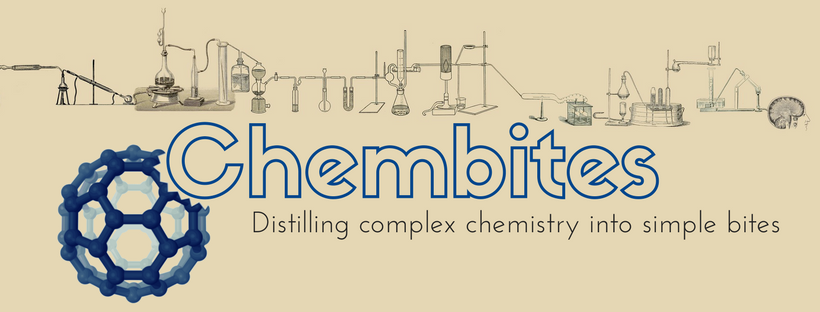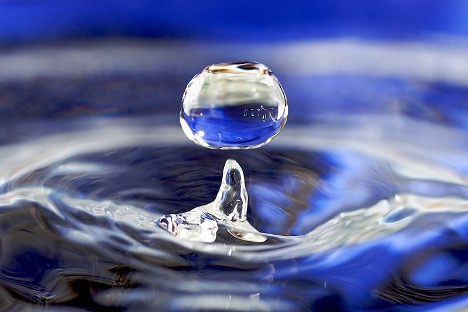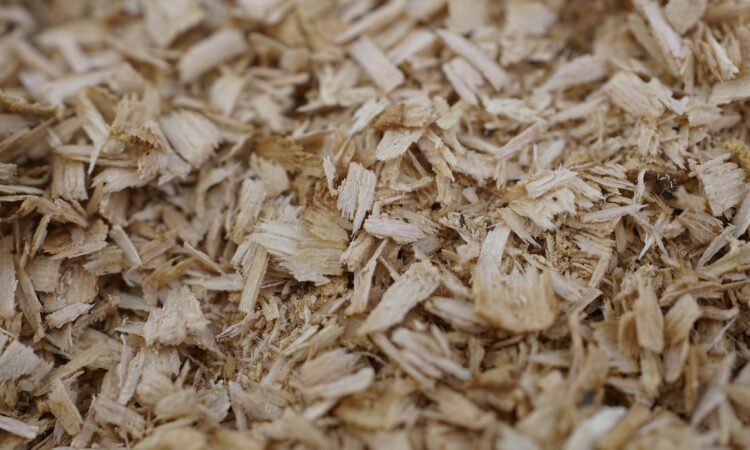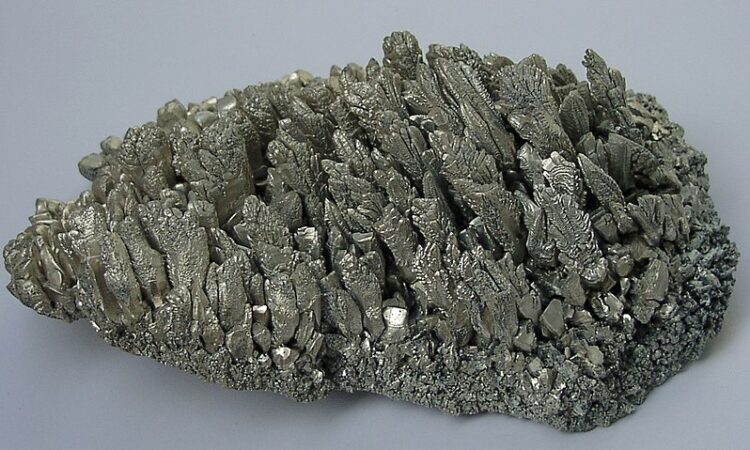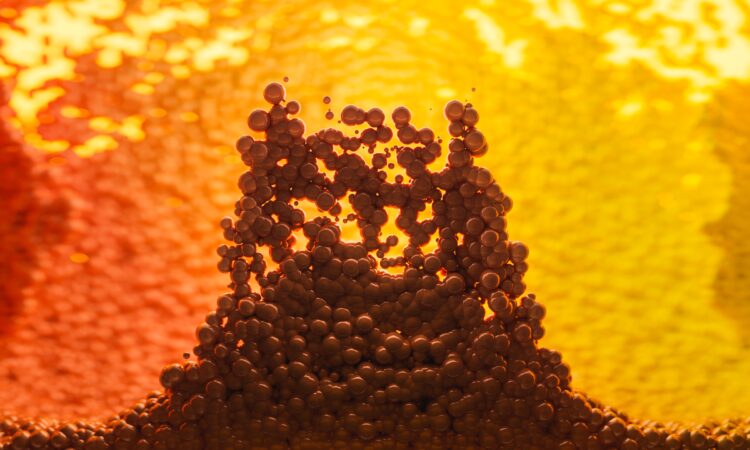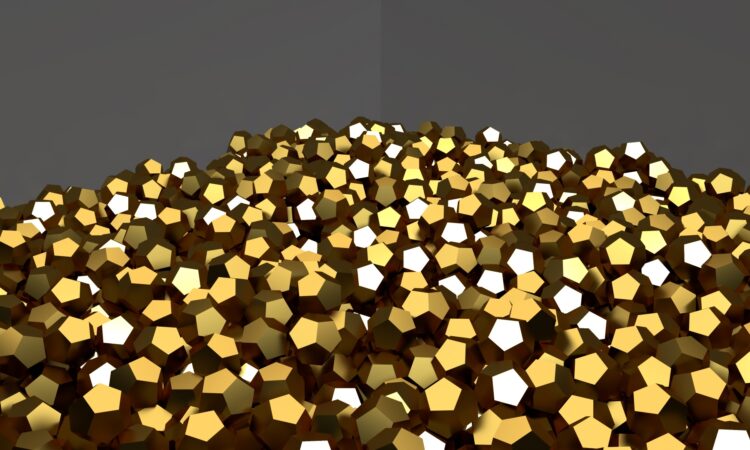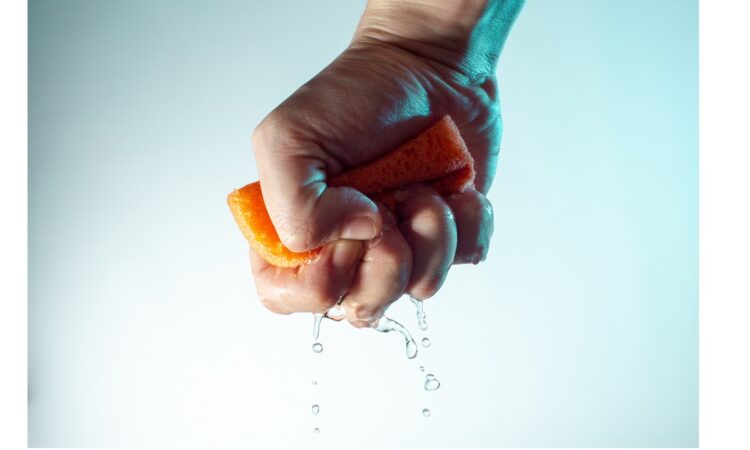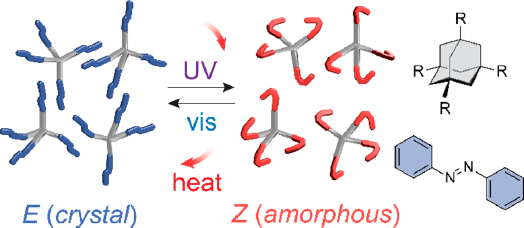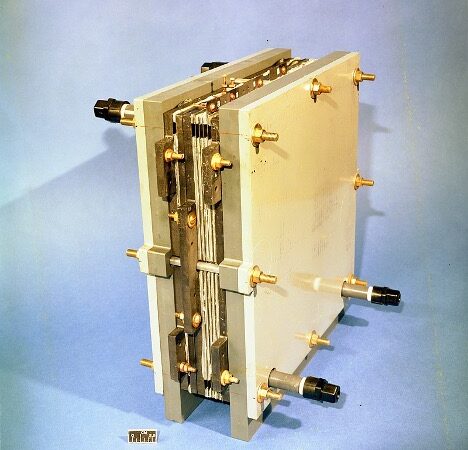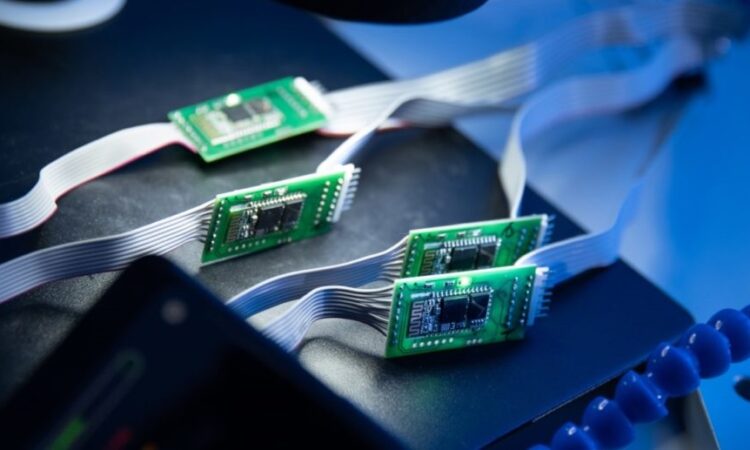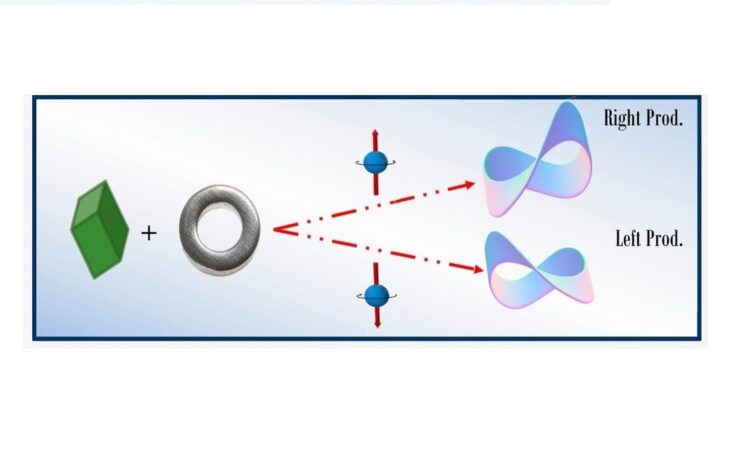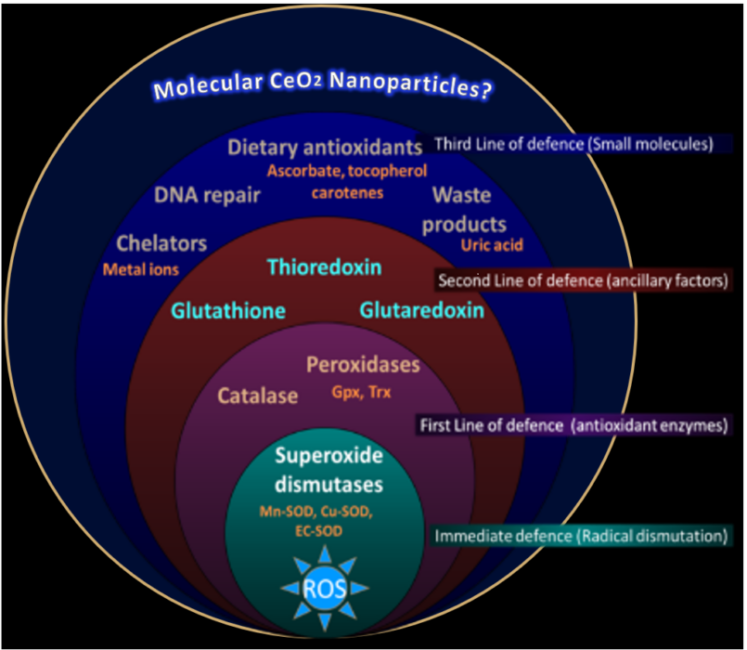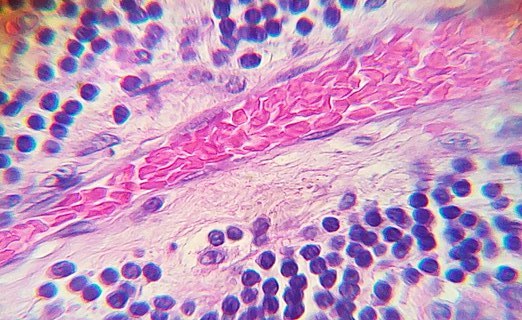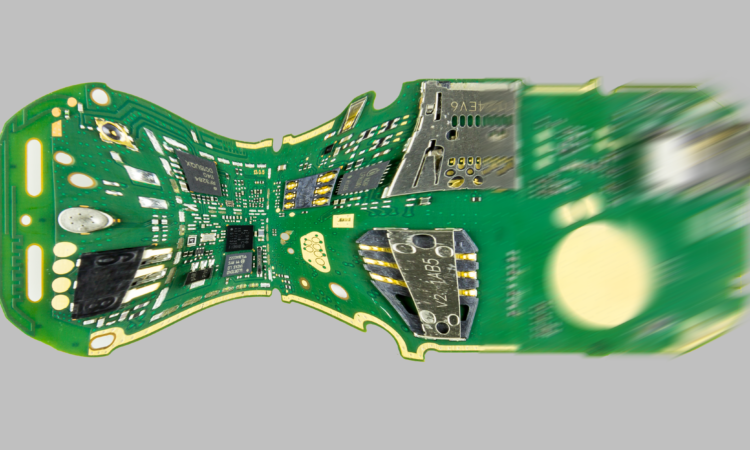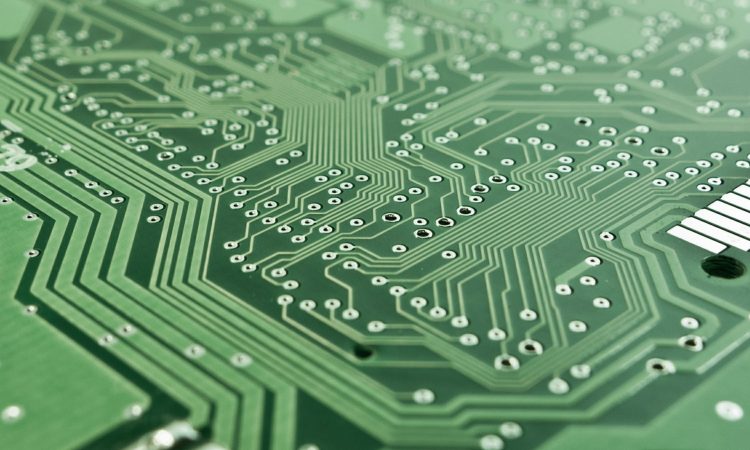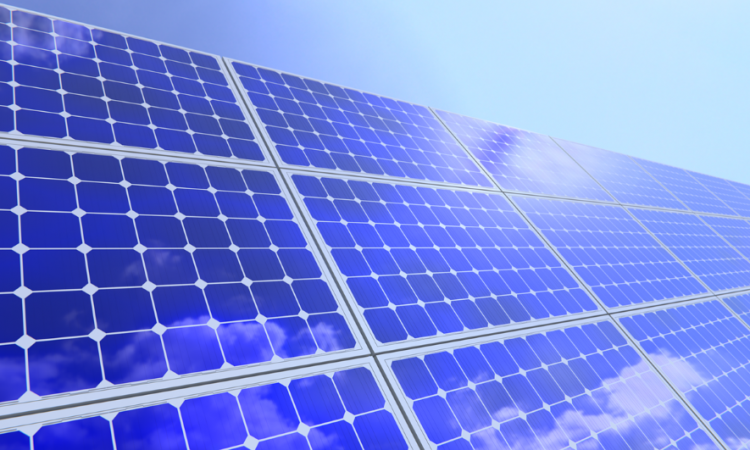Article Title: Bio-Inspired Sandwich-Structured All-Day-Round SolarEvaporator for Synergistic Clean Water and Electricity Generation Authors: Ran Niu, Jiaxin Ren, Junqiang Justin Koh, Ling Chen, Jiang Gong,* Jinping Qu,Xiaodong Xu, Jalal Azadmanjiri, and Jiakang Min Journal: Advanced Energy Materials Year: 2023 DOI: https://doi.org/10.1002/aenm.202302451 Image Source: José Manuel Suárez…
Your next plastic bottle could be made from sawdust
Researchers have found a way to make methoxyterephthalic acid, a precursor to commonly used plastics, from sawdust.
Polymers Allow Magnesium Batteries to Store More Energy
Article Title: Poly(2,6-anthraquinonyl disulfide) as a high capacity and high-power cathode for rechargeablemagnesium batteries: extra capacity provided bythe disulfide group Authors: Xin Ren, Donggang Tao, Yudi Tang, Yuliang Cao and Fei Xu Journal: Journal of Materials Chemistry A Year: 2023 Image credit: Warut Roonguthai As the…
Microscopic nanowires of useful materials that grow themselves
Nanowires of exciting materials can be made via ‘electroless deposition’ – a technique that requires no complex templates or external energy input.
Clothing Dye or Light Source? Perhaps Both.
Title: From Textile Coloring to Light-emitting Electrochemical Devices: Upcycling of the Isoviolanthrone Vat DyeAuthors: Tatiana Ghanem, Kwang Keat Leong, Hwandong Jang, Alexis Hardouin, Dr. Philippe Blanchard, Prof. Dominik Lungerich, Dr. Pierre Josse, Prof. Eunkyoung Kim, and Dr. Clément CabanetosJournal: Chemistry, An Asian Journal Featured Image: Textile and Fibre Technology, CSIRO…
Unexpected gold nanoparticles arise in ancient buildings through centuries of degradation
New research reveals plausible degradation pathways of metallic gold into nanoparticles through unforeseen corrosion!
Polymers efficiently extract water from air in arid conditions
A new and sustainable polymer gel unlocks water capture efficiencies never seen before!
Sunlight to heat: New solid materials store and release solar energy by rotating bonds
A new class of light-absorbing solids isomerizes to store light energy as heat.
Fungi make molecules for batteries
A active material for redox flow batteries was synthesized from fungi to create a renewable feedstock.
Wearable electronic patches detect biomarkers of human health using plasmonic material
Research in wearable electronics brings us closer to personalized medicine with plasmonic materials.
A New Highly Degradable Biobased Plastic
An investigation of the performance and degradation mechanism of a seawater-degradable copolyester.
Electron spin selectivity effects can be harvested in asymmetric catalysis
A deeper understanding of spintronics enables the generation of new technologies using chiral molecules.
Greener materials for the next generation of solid fuels
Greener materials and processes for fuels and explosives! Scientist demonstrate how to tune a class of porous materials that ignite spontaneously when mixed with acid.
Molecular Nanoparticles: Large Molecules to Prevent Oxidative Stress?
Maybe chemistry can save us—in this case, synthetic chemists have developed a family of lanthanide-oxo molecules and investigate their capabilities as radical species scavengers, with a possible future in the clinic to mitigate various diseases onset by oxidative stress (get antioxidants into your diet, people!).
Enzymes upcycle harmful plastics into helpful antimicrobial agents
Enzymes and bacteria can be used to degrade plastics into chemicals useful for antibacterial coatings
A Single-Flow Battery with Multiphase Flow
New battery design limits bromine corrosion without the need for an expensive membrane.
Monitoring Vital Signs with Temporary Tattoos
Skin-conforming, ultra-thin wearable medical sensors could make going to the doctor less invasive than ever before. This newly developed, “tattooable” sensor uses a newly developed material to create one of the thinnest yet.
3D printed blood vessels allow easy monitoring and experimentation
Paper: ECM-based microchannel for culturing in vitro vascular tissues with simultaneous perfusion and stretch Journal: Lab on a Chip Authors: Azusa Shimizu, Wei Huang Goh, Shun Itai, Michinao Hashimoto, Shigenori Miurad and Hiroaki Onoe Year: 2020 Featured Image: Jesus Leonardo Rondon Tapia–Creative Commons License Inflammation or…
Making materials that are both soft and firm
Living tissues are mostly soft, but put them under a bit of stress, and they quickly become firm to prevent tissues from breaking. This property has been very difficult to imitate with synthetic tissues, but new research has finally bridged that gap.
Medical electronics inspired by our skin
A new study describes a semiconductor that is stretchable and degrades completely in acid – which can be used in next-generation electronics.
Something in the Air: Collecting Fresh Water from the Atmosphere
Water capture technology has made collecting water from the air a reality, but dry climates have always posed a challenge. New research takes us a step closer to providing fresh water in some of the driest places on Earth.
“Invisible Ink” Nanoparticle Fingerprint Paper
A more secure way to collect biometric data: this nanoparticle-based paper uses your sweat as an “invisible ink” for fingerprints!
Draw your own circuits with liquid metal
Electrical circuits can be drawn, erased, and redrawn with ease on this new material that uses liquid metal particles suspended in a polymer network. Check out how it’s made and its potential uses in flexible electronics!
Using Aerogel to Harness the Greenhouse Effect for Good
Switching to solar energy is one of the ways we can fight against climate change. Let’s learn how something as harmful as the greenhouse effect can be used to create better solar devices!
A new photovoltaic panel that produces clean water
A research team in Saudi Arabia developed solar panels that clean the sea water whilst producing electricity.
